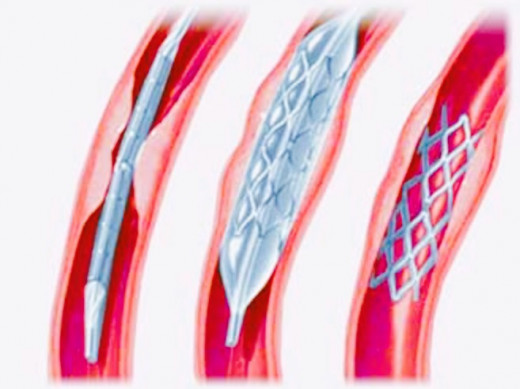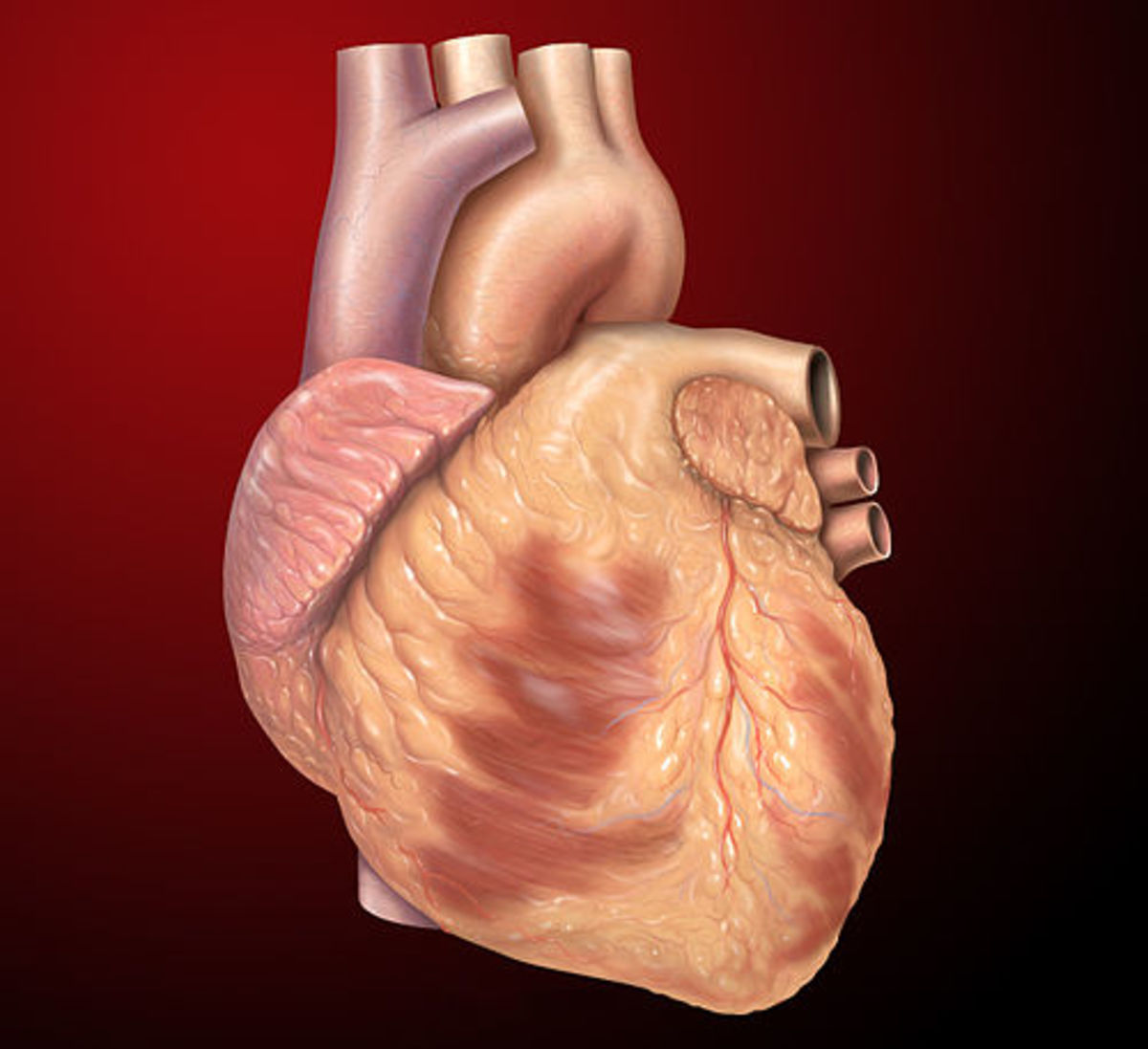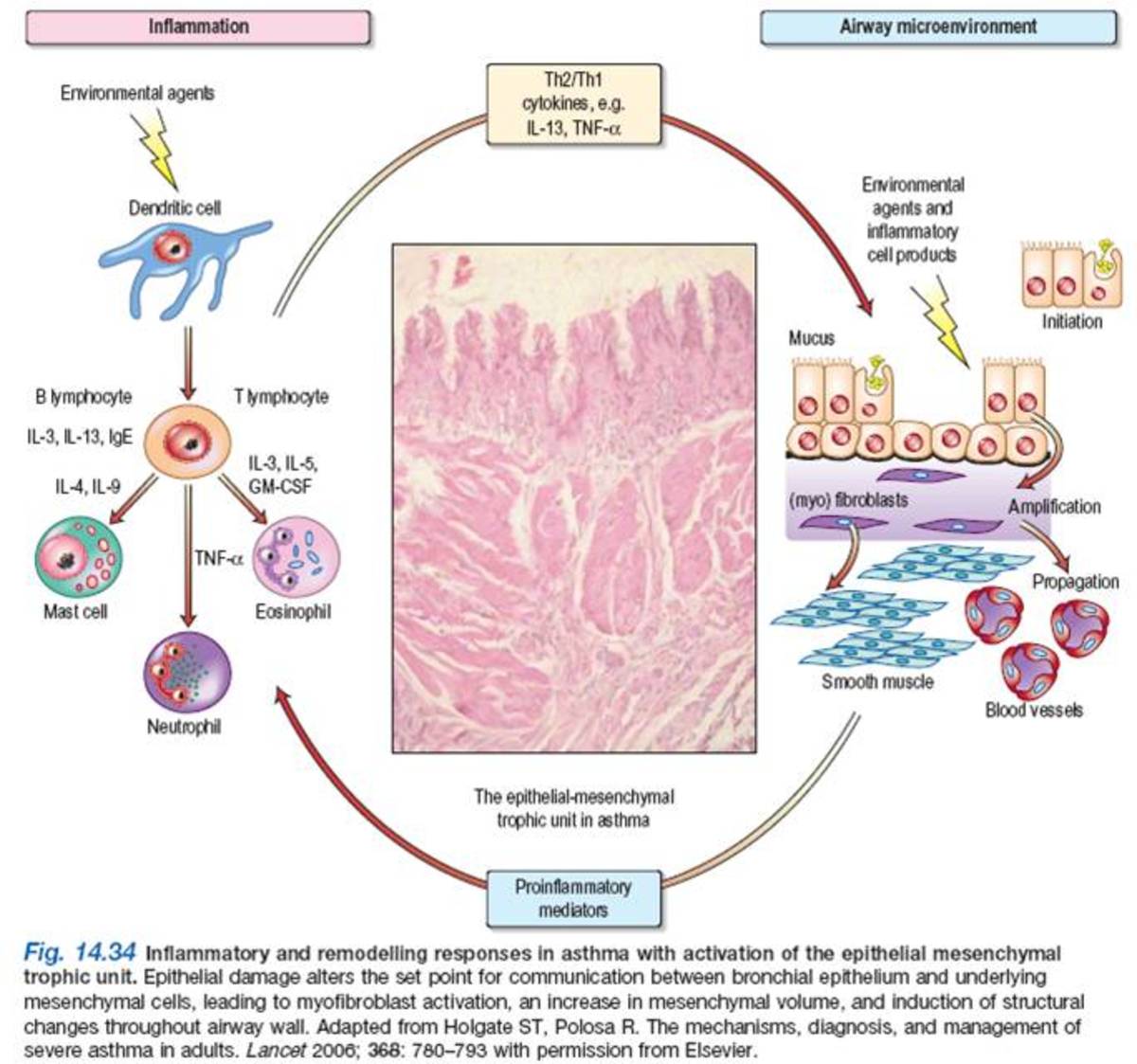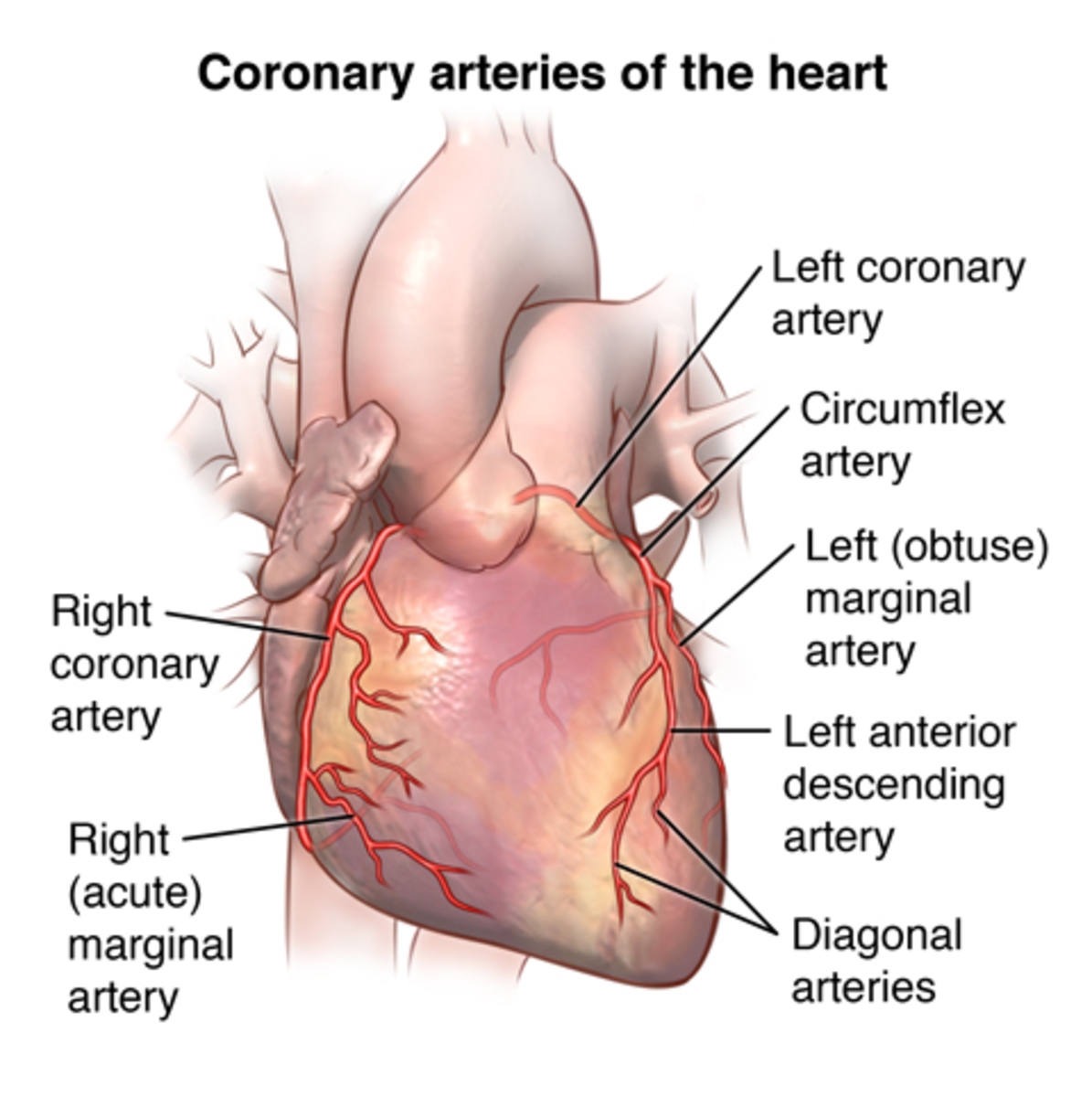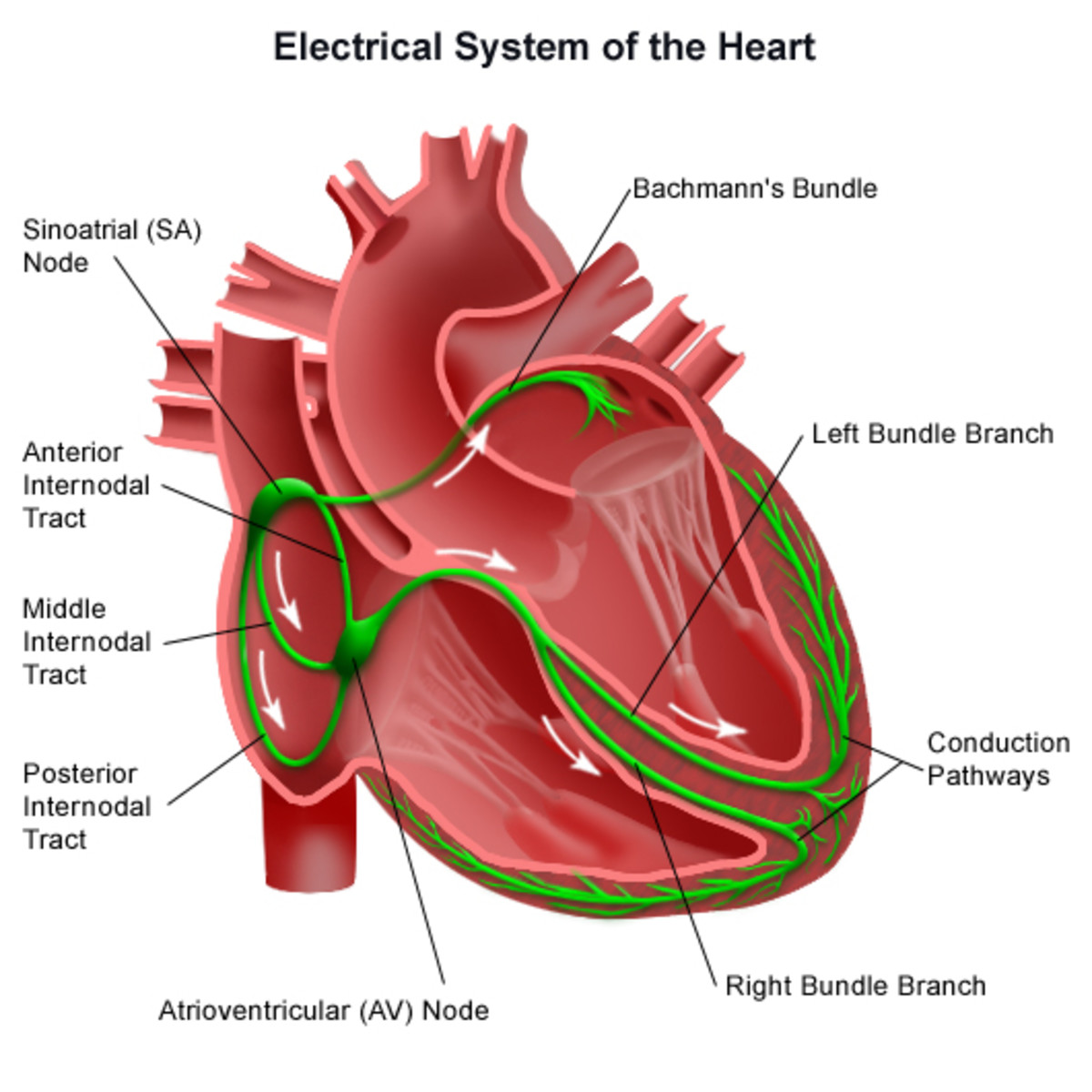Clinical Aspects Of Angina Pectoris
What Is Angina Pectoris ?
Angina Pectoris is an excruciating pain in the chest region commonly associated with Chronic Coronary heart disease.
It derives its name from two Latin words: "Angree.. Which means Stabbing and "Pector... Meaning Chest.
Types of Anginas
There are three types of Angina Pectoris:
- Stable Angina: Which is mostly triggered by motion and predictable degree of Physical exertion. It is the most common type of Angina. It can mostly be improved by rast.
- Unstable Angina: It is triggered by unpredictable degree of Physical Exertion which may occur Mostly at night. It is more dangerous and requires emergency treatment and is often a sign of an impending heart attack.
- Variant Angina: This is a rare form that is caused by a spasm in Coronary artery.
We should note that the pain can last from minutes to hours depending on what type one suffers from and it usually radiates to the upper arm, shoulders and to the back around the scapula.


Risk Factors of Angina Pectoris
There is no Immediate related Cause to Angina Pectoris Per se But the Risk Factors are the ones that play a role in enhancing the development of the disease.
- Smoking
- Hypertension
- Sedentary Lifestyle
- Obesity
- Bad Chelestrols Such as LDL
Pathophysiology of Angina Pectoris.
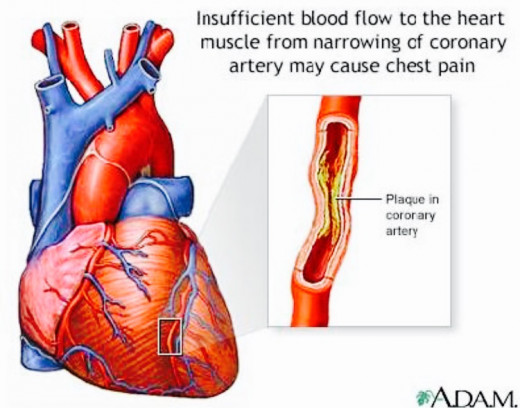
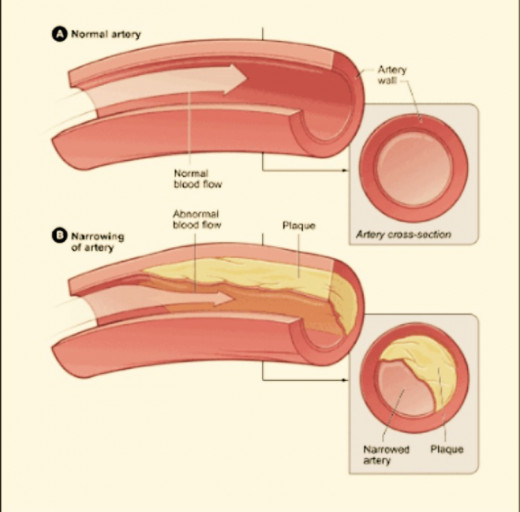
Pathophysiology Of Angina Pectoris
Angina Pectoris Develops when there is plaque formation in the coronary artery vessels of the heart. The Plaque causes narrowing of the artery hence causing a decreased blood supply to the myocardiocytes depriving them of oxygen and nutrition triggering a local necrosis due to ischemia Caused by the atherosclerotic plaque.
The bottom line is Oxygen demand by surpasses the Oxygen Supply. Which becomes a Problem.
Diagnostic Method of Angina Pectoris
There are Several ways of determining whether one is suffering from Angina Pectoris and they include:
- Echocardiogram
- Electrocardiogram
- CT Scan
- Stress tests on tread mills
- Blood troponin level test
- Chest X Rays
- Coronary angiography
Stent Implantation in the coronary artery
Management of Angina Pectoris and its Surgical treatment ways
Speaking of management; these are ways we use to rather try and avoid the disease or control the effects it has on us:
- Stable angina is mostly Contolled by rest
- Lifestyle Modification is a great plus in avoiding not only Angina Pectoralis but also a million other diseases
- For other types of Angins I.e Variant and Unstable Angina; Administering NSAIDs and Antiplatelet drugs such as Asprin and Plavix respectively would greatly reduce the Pain and reduce artherothrombosis.
- Administartion of Beta blockers or ivabradine That reduces the blood pressure, slows Herat rate, dilates the vessels of the heart causing a consequent reduction of the heart muscle demand of oxygen and nutrition thus controlling the condition.
- Cholestrol Supressing drugs could also be administeredto every patient to reduce lesions of coronary arteries.
- ACE Blockers or angiotensin II receptors antagonist to prevent myocardial remodeling and development of heart failure.
Surgical Treatment Ways
There are two major surgical ways of treating Angina, they include:
- Stent Placement in the Coronary artery: when a stent is Introduced to the artery guided by a catheter, it is used to push the plague to the walls of the lumen causing the defected part of the Lumen to dilate and take its normal original shape hence enabling normal blood flow To the heart tissues and cells.
- Coronary artery bypass graft can also be used if the plaque is too big for a stent placement or there is a multi focal lesion.
RAYNOLD GRAHAMS OMONDI
R.G.O
SHRIYA NAPOLEON FERNANDES
S.N.F
